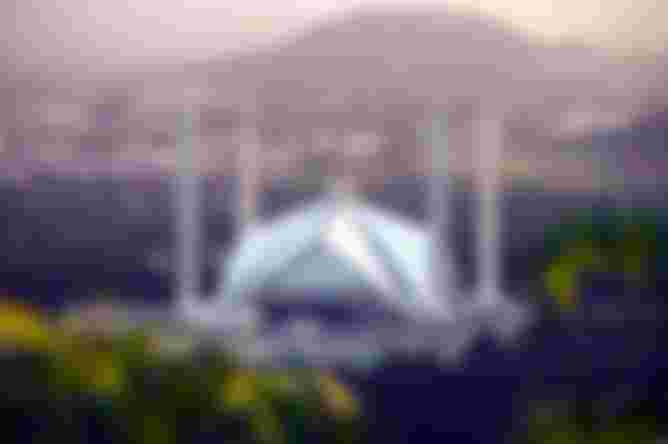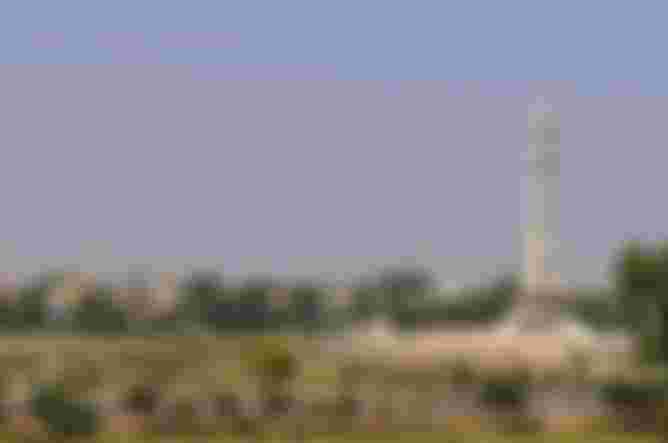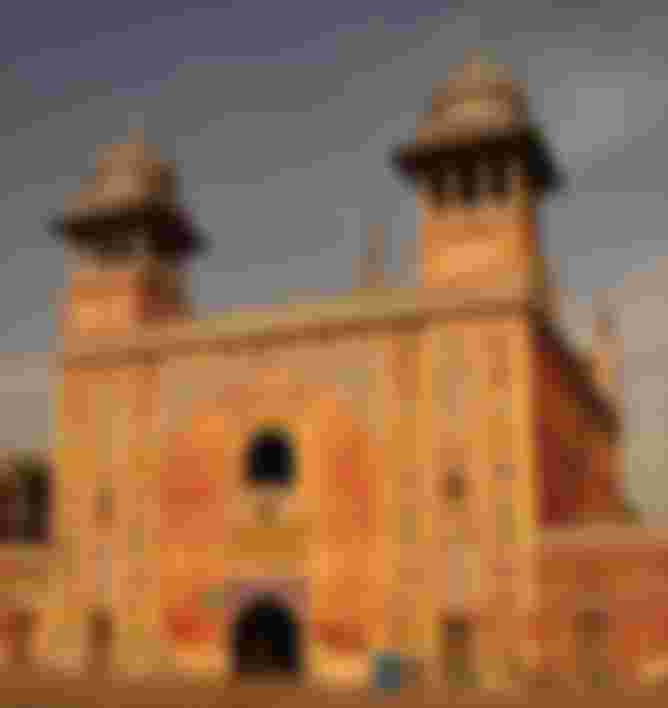Hello guys. Hope so all of u are fine.
For centuries before independence, Pakistan was governed by different rulers, from the nature-loving Mughal Emperors to the British colonialists. Such a complex and fascinating history has left behind numerous military and religious landmarks scattered across the country, where stunning mosques, forts, mausoleums and national monuments stand to this day. Discover some of Pakistan’s best attractions and sights with my guide to the country’s most striking examples of historic architecture.

Shalimar Garden Lahore
Completed in 1641, the Shalimar Gardens were the possession of a noble, Pakistani family, a governance not difficult to guess at all, considering the magnificence of this beautiful site. The gardens are laid out over three descending, successive terraces carrying the poetic names of Bestower of Pleasure, Bestower of Goodness and Bestower of Life, each rising four to five meters above the other. Despite the ravishing flowers and lush fruit trees, the flora isn’t the best attraction of these gardens, as the misleading name might suggest. In fact, most striking are the large pools placed in the middle of the terraces, which receive water from hundreds of fountains (410 in total across the three terraces). The quaint pavilions, porticoed audience halls and marble basins found along the edges of the pools complete a peaceful, dream-like and refreshing corner in the city of Lahore.
2

Faisal Mosque
When Turkish architect Vedat Dalokay‘s design was chosen for the Faisal Mosque, many raised their eyebrows. The project differed from traditional mosque architecture, as it featured contemporary, sleek lines and, most notably, lacked a dome. Construction work began in 1976 and was finally completed ten years later. By then, most criticism had crumbled in front of the imposing, captivating building that now dominates Islamabad, Pakistan’s capital city, from its elevated position at the foot of the Margalla Hills. The mosque is named after Faisal bin Abdul-Aziz, the Saudi king who suggested the idea of a national Pakistani mosque, and largely financed its construction. The 5,000-square-meter prayer hall is an eight-sided, concrete structure, inspired by the traditional tents of Bedouins, with a capacity for 100,000 worshippers. It’s surrounded by four 88-metre-high minarets in perfect one-to-one ratio with the base. They were designed as the sides of an imaginary cube, in honor of the sacred, cubic Kaaba found at the centre of Mecca’s most important mosque.
3:

Minar-e-Pakistan
On 23 March 1940, the All-India Muslim League passed a resolution that represented the decisive step towards the foundation of Pakistan. Twenty years later, on the site in Lahore where that historical event had taken place, construction work began on a commemorative monument, the Minar-e-Pakistan, which was completed eight years later. The Minar-e-Pakistan is a 62-meter-high minaret rich in symbols standing for the history of Pakistan. The tower is laid on an elevated base, in the shape of a five-pointed star, which comprises of four platforms. The stones used to build each platform are progressively more refined from the bottom up (ranging from uncut stones to polished white marble), to signify the difficult developments but final success of the Pakistan Movement for independence. Like Islamabad’s Pakistan Monument, this landmark’s lower part is built in the shape of a blossoming flower, from which the tower rises as a symbol of the country’s birth. The Minar-e-Pakistan is situated in a large park, quite popular among Lahorites, which is visible along with pretty much the entire city from the minaret’s top dome.
4 :

Wazir Khan Mosque
The Walled City of Lahore or Old Lahore is a historical and chaotic section of the Pakistani city which used to be protected by walls, and entered through 13 gates. Today, the walls are gone but most of the gates have remained. The Wazir Khan Mosque in Old Lahore can be reached by passing through the Delhi Gate. The magnificent mosque, with four minarets of about 33 meters each and five turnip-shaped domes, is built entirely with small bricks and was named after the governor who ordered its construction in 1634. One of the most beautiful mosques in Pakistan, it is best known for its incredible mosaics made from myriads of brightly colored glazed tiles. These are found all over the external and internal walls, and are so meticulous and rich in details that they make Wazir Khan a stunning piece of art, in addition to a religious site. This mosque is also famous for having been the first to include a 22-shop bazaar in its original planning, still today a unique feature among mosques worldwide.
5 :

Derawar Fort
A visit to the Derawar Fort requires a three to four-hour long trip with a four-wheel vehicle, but those with a soft spot for military structures won’t regret the journey. Found in the middle of nowhere, miles into the Cholistan Desert, the awe-inspiring Derawar Fort, built in 1733, dominates the landscape, and is characterized by a unique ensemble of 40 massive, largely intact bastions set all along the four walls. The ramparts rise about 30 meters above the ground, and the fort has an impressive circumference of 1.5 kilometers. Visiting the fort’s interiors requires a special permission by local authorities, and may not be worth the trouble of going through such process: the imposing bastions are in fact the real attraction of this striking landmark. While on site, however, visitors might also enjoy taking a look at the nearby mosque, an almost exact replica of the Moti Mosque right outside Delhi’s Red Fort.





We have to visit these historical places in pakistan